Suzhou is a city located in the east of China and also hosts some of the country's most beautiful gardens. Suzhou gardens are one of the best examples of Chinese garden art and are listed as a UNESCO World Heritage Site.
The Suzhou gardens were built during the Ming and Qing dynasties and are generally small in size. The gardens include both natural and man-made elements. The structures, stone bridges, ponds, flowers, and plants in the gardens enhance their beauty.
Suzhou gardens reflect the basic principles of Chinese garden art. Each element in the gardens is a combination of natural and man-made elements. The structures in the gardens are built in harmony with natural elements.
Suzhou gardens are an important part of Chinese culture and offer visitors a fascinating experience. The gardens enchant visitors with the combination of natural beauty and man-made elements.
The Most Mysterious Gardens to Visit in Suzhou
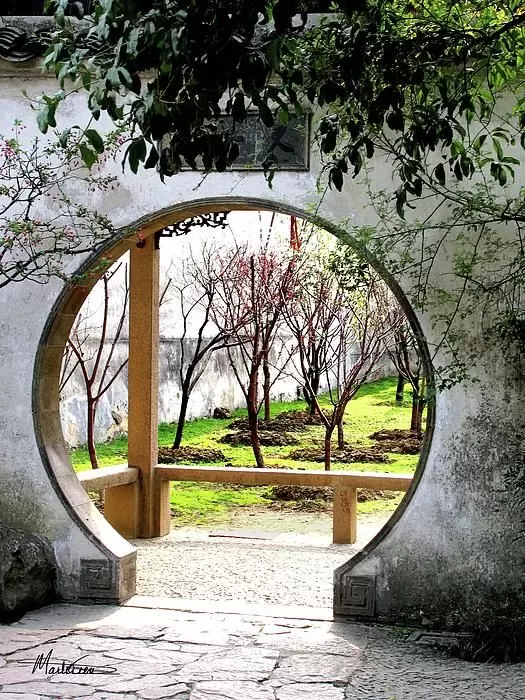
Suzhou is a city located in the east of China and is famous for its historical gardens. Suzhou gardens are one of the best examples of Chinese garden art and are listed as a UNESCO World Heritage Site. These gardens have a mysterious and mystical atmosphere that reflects the richness of Chinese culture.
One of the most mysterious gardens to visit in Suzhou is the Lingering Garden. This garden was built during the Ming Dynasty and covers an area of 23,000 square meters. The garden combines natural landscapes and man-made elements to provide visitors with a peaceful environment. One of the most interesting features of the garden is the use of water. The flow and reflection of water in the garden enhance its mysterious atmosphere.
Another mysterious garden to visit in Suzhou is the Baosheng Temple Garden. This garden was built during the Song Dynasty and covers an area of 13,000 square meters. The garden combines temple and garden elements to provide visitors with a mystical atmosphere. One of the most interesting features of the garden is the use of various plants. Bamboo, pine, and flowers enhance the garden's mysterious atmosphere.
Another mysterious garden to visit in Suzhou is the Canglang Pavilion Garden. This garden was built during the Tang Dynasty and covers an area of 10,000 square meters. The garden combines natural landscapes and man-made elements to provide visitors with a peaceful environment. One of the most interesting features of the garden is the use of stones. Stones enhance the garden's mysterious atmosphere.
In conclusion, the most mysterious gardens to visit in Suzhou enchant visitors with their mystical atmospheres that reflect the richness of Chinese culture. The Lingering Garden, Baosheng Temple Garden, and Canglang Pavilion Garden are the most interesting and mysterious gardens to visit in Suzhou. These gardens provide visitors with an unforgettable experience through their natural landscapes, man-made elements, and use of various plants and stones.
What You Need to Know About Suzhou's Historical Gardens
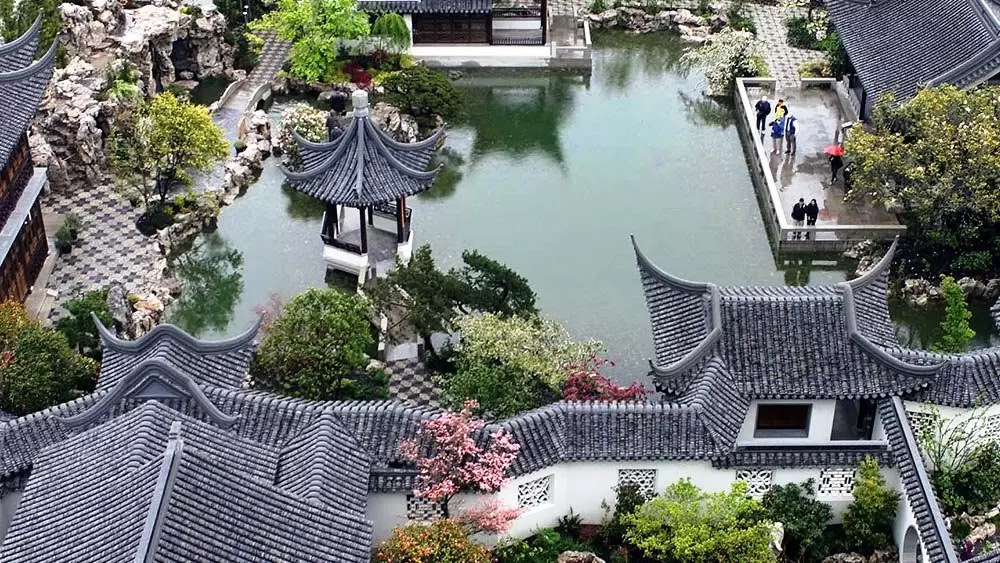
Suzhou is a city located in the east of China and is famous for its historical gardens. These gardens are one of the most beautiful examples of Chinese garden art and are listed as a UNESCO World Heritage Site.
Suzhou's historical gardens were built during the Ming and Qing dynasties. These gardens reflect the basic characteristics of Chinese garden art. The gardens were created by combining natural elements with man-made elements. Water, stone, plants, and architectural elements were used together in the gardens.
Suzhou's historical gardens were built in different styles. These include gardens such as the Humble Administrator's Garden, Lingering Garden, Master of the Nets Garden, and Lion Grove Garden. These gardens are distinguished from each other by their different architectural features and plant life.
The Humble Administrator's Garden is one of Suzhou's largest gardens. This garden is famous for its water channels, bridges, pavilions, and flower gardens. The Lingering Garden is one of Suzhou's oldest gardens. This garden is notable for its water channels, stone gardens, and bamboo forests.
The Master of the Nets Garden is one of Suzhou's smallest gardens. However, this garden is distinguished from other gardens by its architectural features. The garden features pavilions, bridges, and stone gardens. The Lion Grove Garden is one of Suzhou's oldest gardens. This garden is famous for its stone gardens and bamboo forests.
Suzhou's historical gardens are one of the most beautiful examples of Chinese garden art. These gardens were created by combining natural elements with man-made elements. Water, stone, plants, and architectural elements were used together in the gardens. These gardens are an important part of Chinese culture and are places that should be visited.
The Mysterious Stories of the Gardens in Suzhou
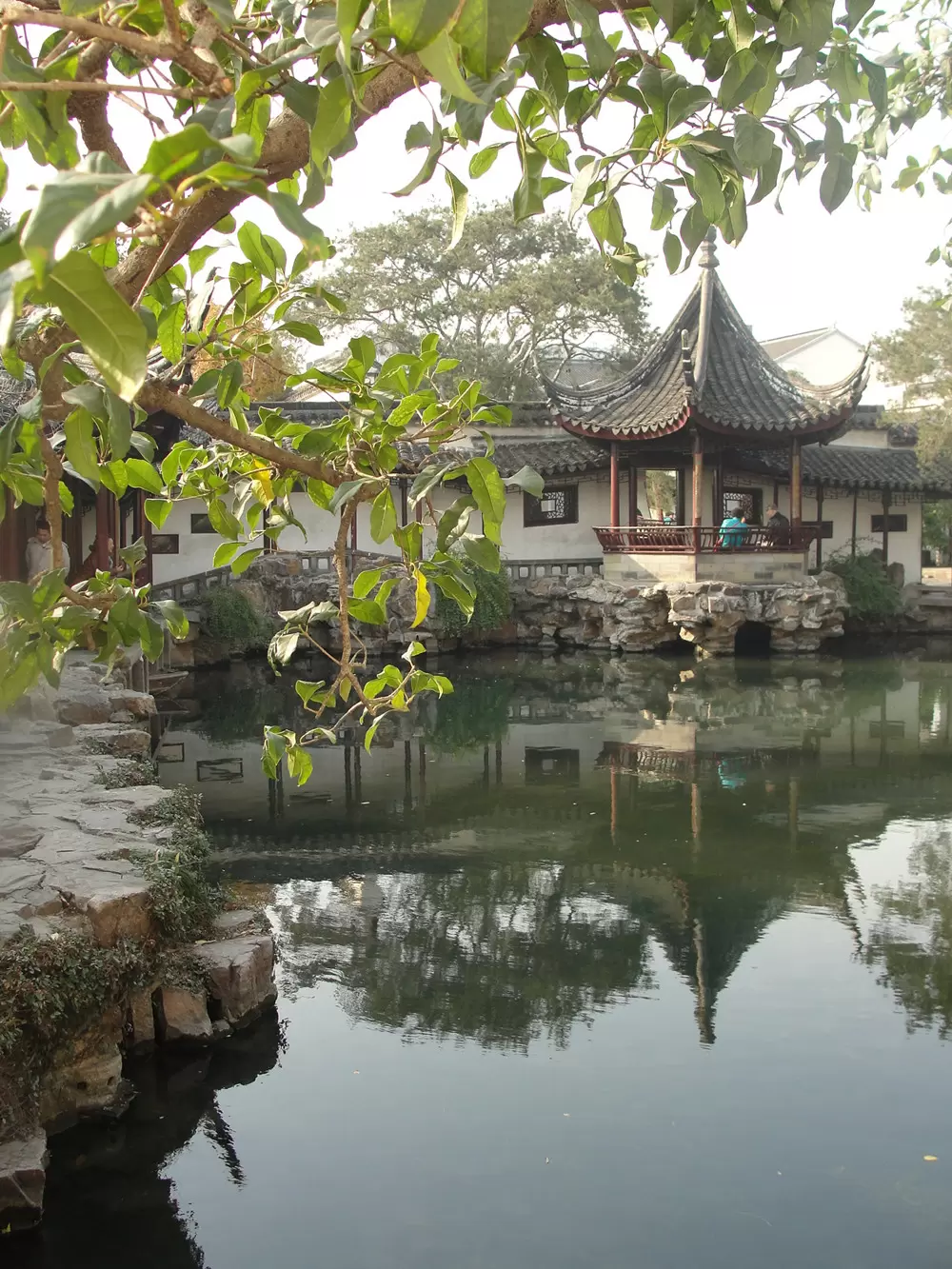
Suzhou is a city located in the east of China and is famous for its historic gardens. Suzhou gardens are one of the best examples of Chinese garden art and are listed as a UNESCO World Heritage Site. These gardens are also famous for their mysterious stories.
Suzhou gardens were built during the Ming and Qing dynasties. These gardens are based on the principle of "landscape painting," which is one of the most important features of Chinese garden art. According to this principle, gardens imitate natural landscapes and allow people to integrate with nature.
Suzhou gardens have different themes. For example, the Humble Administrator's Garden is one of the most famous examples of Chinese garden art and is a garden where water, stones, and plants are used in harmony. The mysterious story of this garden is based on Wang Xianchen, an official who lived during the Ming dynasty. Wang spent all his wealth to build the garden and eventually became poor.
Another example is the Lingering Garden. This garden was built during the Qing dynasty and is a garden where water, stones, plants, and architectural elements are used in harmony. The mysterious story of this garden is based on Xu Taishi, the owner of the garden. Xu spent all his wealth to build the garden and eventually fell into debt.
Suzhou gardens are one of the most important examples of Chinese garden art and are also famous for their mysterious stories. These gardens imitate natural landscapes and allow people to integrate with nature, providing visitors with an unforgettable experience.
Discover the Splendor of Nature in Suzhou: Enigmatic Gardens
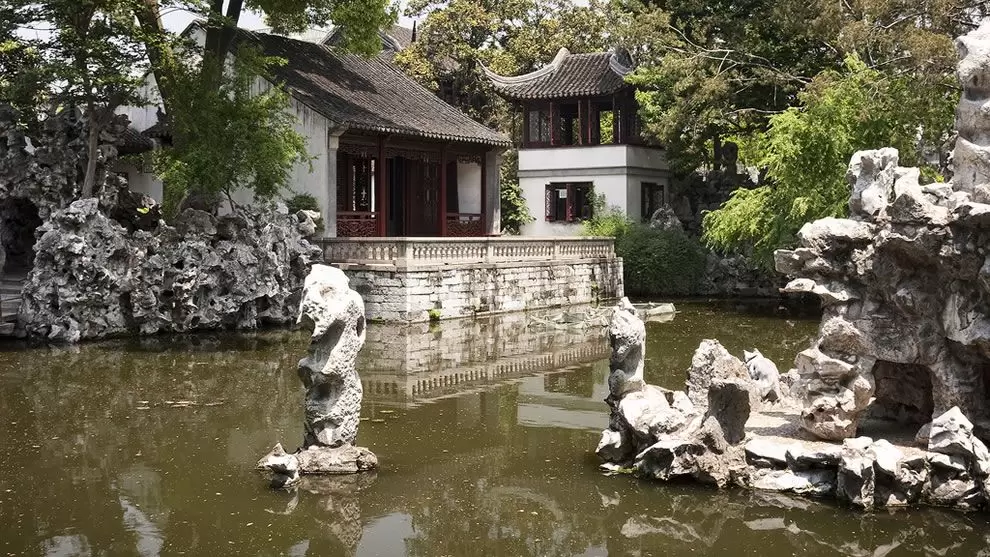
Suzhou is a city located in the east of China and is famous for its historical gardens. These gardens offer the best examples of traditional Chinese garden design and architecture. The gardens in Suzhou are a perfect place to explore the splendor of nature.
The gardens in Suzhou are often full of secrets. These gardens are based on the yin and yang principle, which is the traditional philosophy of China. The water, stones, plants, and structures in the gardens reflect the balance between yin and yang. Each element in the gardens represents the forces of nature and gives visitors peace and tranquility.
The gardens in Suzhou are designed in different styles. For example, the Humble Administrator's Garden was built during the Ming Dynasty and is one of the best examples of Chinese garden design. This garden is full of water channels, stone bridges, pavilions, and flower gardens. The Lingering Garden was built during the Qing Dynasty and is also one of the best examples of Chinese garden design. This garden is full of water channels, stone bridges, pavilions, and flower gardens.
The gardens in Suzhou are not only a perfect place to explore the splendor of nature but also a perfect place to discover Chinese culture. These gardens offer the best examples of traditional Chinese garden design and architecture. In addition, the structures and sculptures in the gardens reflect China's historical and cultural heritage.
In conclusion, the gardens in Suzhou are a perfect place to explore the splendor of nature. These gardens offer the best examples of traditional Chinese garden design and architecture and also provide a great opportunity to discover Chinese culture. Visiting the gardens in Suzhou gives visitors peace and tranquility and offers an unforgettable experience.
The Unique Architectural Designs and Historical Features of the Gardens in Suzhou
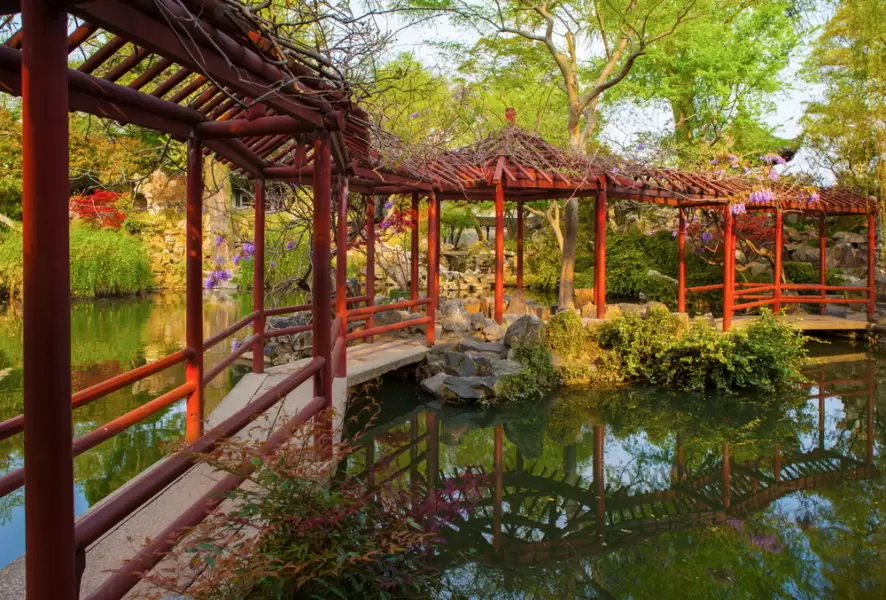
Suzhou is a city located in the east of China and is famous for its historical gardens. The gardens in Suzhou are one of the best examples of Chinese garden art and are notable for their architectural designs and historical features.
Despite their small size and limited space, the gardens in Suzhou are notable for their use of natural elements and the harmonious combination of human-made elements. The structures in the gardens are usually made of natural materials such as stone, wood, and roof coverings, and are designed to blend in with the natural environment of the gardens.
The history of the gardens in Suzhou dates back to the Tang Dynasty, but their greatest development occurred during the Song Dynasty. During this period, the architectural designs and landscape arrangements of the gardens reached the highest point of Chinese garden art.
The gardens in Suzhou are listed on the UNESCO World Heritage List and attract tourists. The most famous gardens include the Humble Administrator's Garden, Lingering Garden, Master of the Nets Garden, and Lion Grove Garden.
The Humble Administrator's Garden is one of the largest gardens in Suzhou and was built in the 16th century. The garden contains many elements such as ponds, bridges, pavilions, and flower gardens. The Lingering Garden is one of the oldest gardens in Suzhou and was built in the 16th century. The garden contains many elements such as ponds, rocks, pavilions, and flower gardens.
The Master of the Nets Garden is one of the smallest gardens in Suzhou and was built in the 12th century. The garden contains many elements such as ponds, bridges, pavilions, and flower gardens. The Lion Grove Garden is one of the oldest gardens in Suzhou and was built in the 14th century. The garden contains many elements such as rocks, ponds, bridges, and pavilions.
The gardens in Suzhou are one of the best examples of Chinese garden art and are notable for their architectural designs and historical features. These gardens attract tourists and are an important part of Chinese culture.

Comments